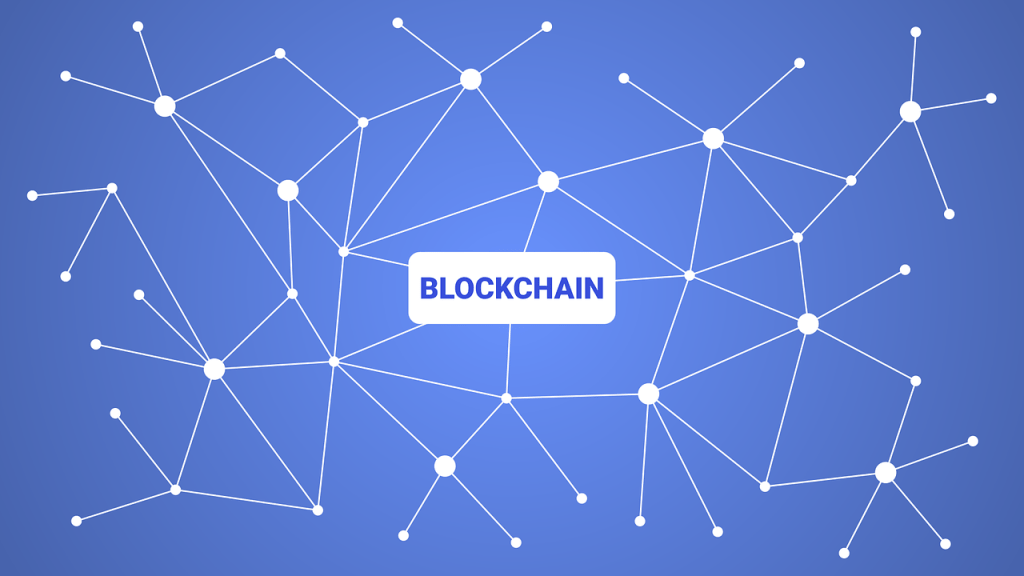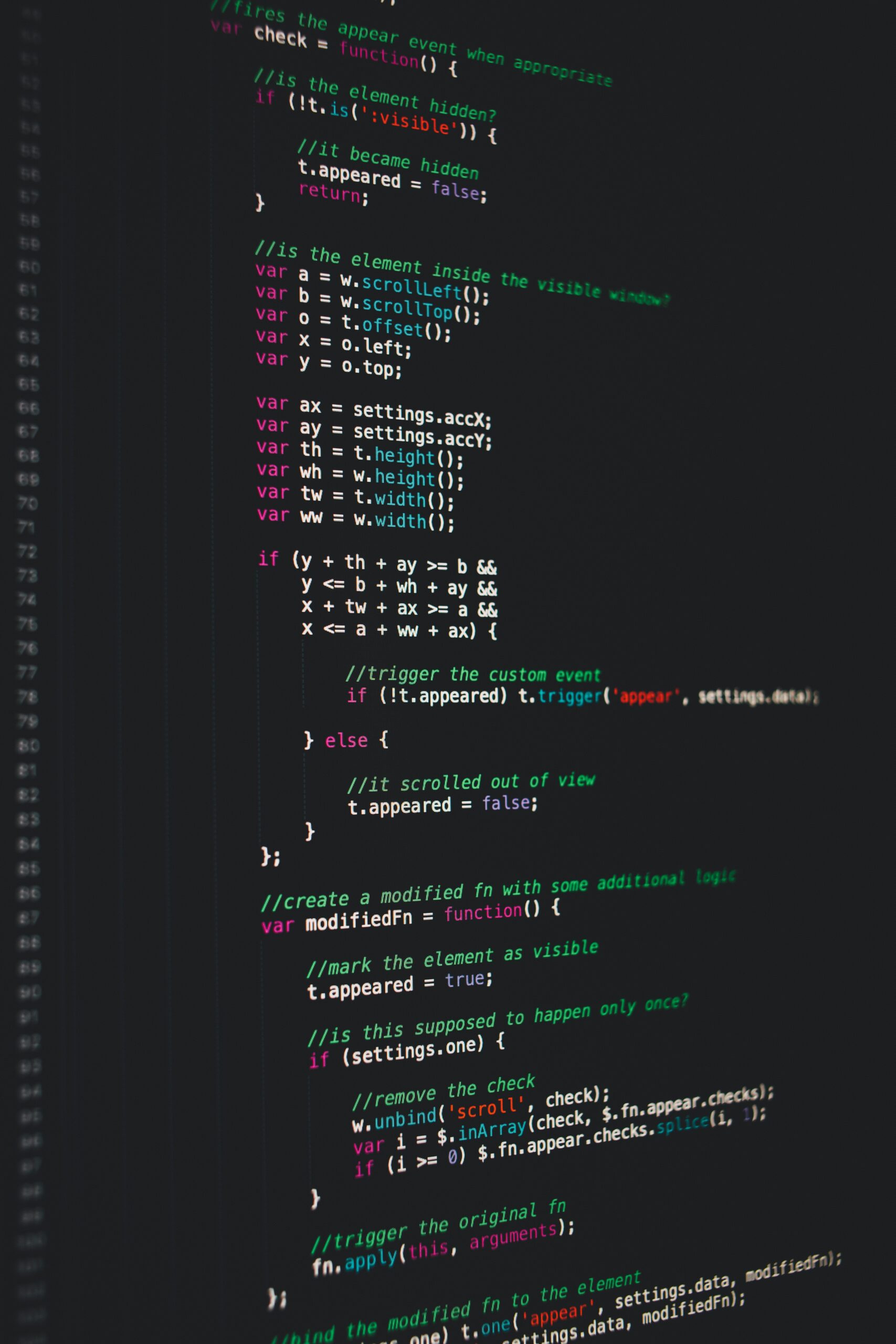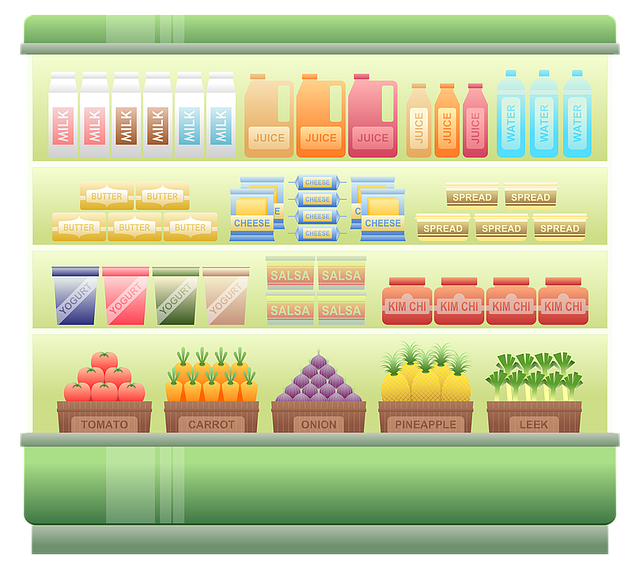
The new kid on the block – Blockchain
Blockchain seems a notch less hot than it used to. As per Crunchbase data, investments in 2019 are estimated to be $3.38 billion, which is significantly lower than the 2018 investment figure of $12.86 billion of blockchain venture funding.
It’s lost its novelty and it’s proponents are trying hard to maintain its new kid on the block status.
As the hype settles, perhaps now is the time to take a sober and practical look at what this technology is and it’s long-term applications. So I have, and this is it.
There is a raft of new technologies that have played an important part in our work in the last 6 months – Advanced Analytics and Machine Learning (ML), Artificial Intelligence (AI), Augmented Reality (AR) / Virtual Reality (VR) and engagements supporting clients with Blockchain.
Our client engagements have leveraged extensive OC&C research, and also input from talking to many leaders in each of these fields (possibly including ourselves in the Advanced Analytics topic here at OC&C).
Whilst we are optimistic about the real commercial impact of ML and AI, I remain skeptical about the importance of Blockchain and its commercial value. A lot of talk has been around its ability to disrupt financial services, but real world applications and use cases are very few and limited in their scope.
But there certainly are some interesting examples…
As I write this, sitting in Entebbe airport by the way, California-based Blockchain development firm Baton Systems has closed a $12 million funding round led by Trinity Ventures for creating a blockchain-based bank payments system.
Although investments are down, the enthusiasm (if not the money) shows no signs of abating. The new buzzwords now are “decentralised finance”, “enterprise blockchain” and “tokenisation”.
With blockchain came Bitcoin and a host of other crypto currencies, many of which have already seen their demise. If you still haven’t heard about Bitcoin, then it is simply the first class of electronic currencies that operate in parallel to the banking sector and government created currencies. It was created 10 years ago to allow people to exchange money directly with each other rather using banks as intermediaries.
Along the way, speculation made some Bitcoin owners’ millionaires and some even billionaires (but so, once upon a time, did tulip bulbs).
The already in crisis (?) Libra, from Facebook, is another new crypto currency powered by a Facebook-created version of blockchain.
So, what is blockchain?
Blockchain is the technology that underpins Bitcoin, which may have a set of genuinely valuable applications. Imagine a spreadsheet that is duplicated thousands of times across a network of computers; and this network is specifically designed to regularly update the spreadsheet. Imagine further that this spreadsheet cannot be amended but can only be updated. It shows all the “transactions” posted on it over time and there are lots of copies of this spreadsheet.
The aspect of replication is crucial to the design of blockchain. If there are lots of copies (and not under a single central authority) then it becomes virtually impossible to alter it, either maliciously or by accident, because it is extremely difficult to alter all the copies. Consequently, it becomes immutable because it is distributed rather than being centrally controlled.
Let’s think about listing some aspects of a distributed database, i.e. Blockchain, that are worth knowing:
- No need for “trusted” intermediaries anymore – this is where Blockchain has the potential to fundamentally disrupt any industry that depends on intermediaries for the flow of goods and money between a buyer and a seller
- Immutable – Multiple copies of exactly the same information are held, which means it is very difficult (although not impossible) to accidently or maliciously alter data, since it would need to be altered in multiple locations (copies); it provides a permanent record of any data that you want to store on it without having to worry that it will be changed or lost
- Trusted and auditable data without having the need to have a trusted intermediary
- Public (accessible to anyone) or Private (accessible only by authorisation) – Ideal for enterprise level applications, which is where Blockchain is moving to (aka Blockchain 2.0)
- Permissioned (accessible only by authorisation) or Permission-less (accessible to anyone) – Another take on public vs. private
(Lack of) Speed – Currently this is a feature that requires improvement; tends to be much slower than a centralised database (e.g. Bitcoin processes 7 transactions per second compared to 40,000 processed by Mastercard in a second); this is far too slow for applications like hotel reservations (something I have experienced painfully) - Privacy – Not a feature of public blockchains but can be added in private blockchains
- Compliance with regulations – public blockchains can cut across jurisdictional boundaries (e.g. GDPR), which is why they are increasingly coming under scrutiny from regulators
- Governance – Changes to protocols in public blockchains are by consensus of developer communities, whereas private blockchains can be more tightly controlled
- Incentives – An incentive mechanism is needed for each node (aka human) to maintain the database
- Blockchain’s usefulness comes from acting as a trusted intermediary, who is not subjected to the vagaries of human nature and natural calamities and disasters. It can be relied on to provide proof of a transaction if the two parties (who entered into the transaction) disagree about it in the future.
For example, if I buy a house from you and then the contract signed is destroyed. What proof now exists that I own the house? In this case, we can only rely on the government to act as an intermediary, provided that it has the correct details of the transaction. Blockchain can act as an enforcer in these cases, without needing a central authority or a monopoly to do it for us.
Its greatest, but unrealised, potential for disruption is in markets where there is a middleman trusted to record transactions and who takes a fee for doing so. Blockchain’s ability to disrupt such markets stems from three factors:
- Customers and suppliers can enter into transactions without needing an intermediary. No need for marketplaces and platforms!
- Efficiency gains and cost savings that may change the basis of competition and provide competitive advantage to new entrants and first movers (by lowering the barriers to entry)
- Radical decentralisation of a firm – providing opportunities for faster, increased cooperation and innovation and better collaboration on complex projects at a junior management level
- Organisations in industries that have the highest potential of getting disrupted have not done any serious thinking on blockchain. Financial services have a head start because they have recognised cryptocurrencies as a direct threat, and they are working on finding ways to use blockchain or defend themselves from it.
Currently blockchain has some specific use cases, but there is potential for much more. For example:
- Transfer of value using assets such as IP, real estate, spare computing capacity, trade receivables, digital fiat currency and cryptocurrencies
- Storage and access of personal data, e.g. health records, university degrees, personal identities (e.g. birth certificates in Brazil)
- Recording data from multiple stakeholders or sources e.g. supply chains, Internet of Things (IoT), and complex public works programmes (prone to fraud)
- Public sector applications e.g. demand for technology offering data security, immutability of records, fear of fraud (over-charging, bribery), transparency of contracts / transactions, and reduced operational costs, which all seem attractive to government departments
- Another innovation in this space are computer programmes called “Smart Contracts” that run on blockchain. The innovation taps into the need to record value transfers and recognises the fact that there might be several conditional steps involved (e.g. the need to supply a service or product before the ultimate value is realised).
Let’s take the example of a hotel chain that builds a smart contract on the blockchain for renting rooms to guests. The guest makes a booking and gets registered on the blockchain. The contract then requests payment, which is also made and recorded on the blockchain. Once the smart contract accepts payment it allocates a room and provides a code for room access to the guest. All these steps are done automatically without any need for human intervention. At the end of the stay, the guest leaves the room and the code expires. Each element of this contract is recorded, which then triggers the next element, which is why the name “smart contract”.
Creating certainty between suppliers (is beef really from corn fed beasts?) and retailers, data integration between manufacturers, retailers and other ecosystem participants, is perfect for blockchain. These kind of solutions to provide greater reliability, transparency and security. IBM has launched a new integrated supply chain product based on IBM’s technologies including Watson AI and IBM Blockchain just this week.
A clever use case of blockchain that I came across this week in Kenya is the ability to monetise your own data rather than allowing intermediaries to do it (and in which case you will either receive zero or a fractional component of the monetised value). Google and Facebook are the biggest examples of how technology behemoths can be created by monetising third-party data. They learn a lot about us from our interactions with them. They then act as giant data collection machines that then use our data to sell advertising space to brands. The newest entrants to this highly controversial industry are the smart assistants, who are now being accused of stealthily collecting our conversations with them.
If I am searching for car insurance, Google will immediately use that information to sell advertising space online to insurance companies (and I will online insurance ads popping up whenever I go online). Blockchain allows us (or me) to do things differently. I can publish my data on blockchain with information about products I am looking to buy. Then I can actually invite insurance companies to advertise to me directly with the ability to buy and make payments via a Smart Contract.
I can now monetise my own data rather than give away that opportunity to intermediaries. This is still an emerging domain, as we still don’t know how to measure the value of our own data.
Governments across the world are gradually waking up to the potential of blockchain. Brazil was in the news recently for two real life up and running applications of blockchain – Public Works Programme in Sao Paulo and recording of birth certificates.
The United Arab Emirates is also exploring a wide range of possible use cases, which includes business registrations and central bank activities (tracking and recording).
Healthcare is another domain where utmost rights to privacy and certainty of outcomes matter. Consequently, patient health records are an area where many organisations are trying to harness the power of blockchain. The idea is to store all your health records on an encrypted blockchain and grant access on a need-to-know basis to health care professionals (HCPs) across the world whenever you choose.
Most people over the course of their lives visit multiple HCPs, and their records are stored in a fragmented manner locally by each HCP. The blockchain can provide you with a continuous, up to date, permanent, trustworthy and private health history. As doctors are Uber-fied, and healthcare markets deregulated, blockchain medical records can make sense.
Telegram has announced that its new blockchain project will be compatible with Ethereum coin (more like a “gimmick”?), while Big Four audit firm Deloitte is rolling out a blockchain based platform to provide users with blockchain demonstrations and experiments (sounds quite circuitous!).
At this point, this specific use case can run into GDPR compliance issues for European nationals. To comply with the right to erasure, personal data should be kept private from the blockchain in an “off-the-chain” database. Blockchain is a technology that creates an “immutable” ledger by combining cryptography and distribution. The disadvantage is that any information that gets on the blockchain inadvertently becomes very difficult to erase.
A few key takeaways as I think more about the future of blockchain are:
- The public vs. private debate around blockchain is going to intensify as regulations tighten around the world – it is a strange two way journey with blockchain prophesising more transparency and ease of access while regulations tighten the movement of data across jurisdictional, political and commercial borders
- More practical blockchain use cases will get operational as best practices and business models are monitored and copied around the world (both private enterprises and government)
- We will see more specialised, complex and high-technology applications of blockchain (e.g. cyber security, fraud detection, payment gateways, supply chain, provenance and sourcing)
- More consumer-facing industries will experiment with blockchain but full scale applications will only see the light of the day when whole ecosystems are transformed
- Potentially more investments will be pumped into developing the infrastructure behind blockchains (rather than different types of blockchains) to open them up for more demanding applications (read “the need for speed”)
Although we’re seeing some good examples of blockchain being useful now (public sector, deregulated health), but against the backdrop of the new technologies we have been involved with in the last few months and getting real traction in business, I still remain a little unconvinced by Blockchain.



